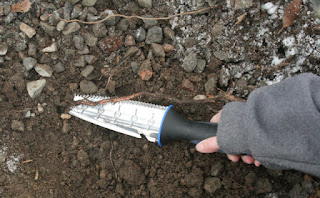Resolved
to eat fresher, get healthier in the New Year? An herb garden is a great way to
get started toward achieving your goals. There's nothing like harvesting your
own herbs fresh from your indoor herb garden. Potted herbs are a great addition
to your kitchen during the winter. They add a touch of greenery and raise your
spirits. These gardens have been designed for you to take home and start growing your own herbs.
Bunch
of Basil includes Genovese Sweet Basil, Lemon Basil and African Blue Basil
Because your cat needs something fresh, the Cat
Lover garden contains Catmint, Catnip and Cat Grass
Lemon
Madness: Lemon Verbena, Lemon Thyme, Mrs Burns Lemon Basil
Lovely
Lavender: Goodwin Creek, French Fringed, Provence Lavender
Salad
Herb Garden: Watercress, Red Veined Sorrel, Common Chives, Salad Burnet,
Cutting Celery
Sweet
Surrender: Stevia, Pineapple Sage, Chocolate Mint, Lemon Rose Scented Geranium
Tea
Time: Spearmint, Stevia, Lemon Balm, German Chamomile
























































